Fighting weeds in the garden is not an easy task, and getting rid of wheatgrass on the plot is doubly difficult. It's all because of the roots of this weed, which grow very quickly and penetrate through any obstacles. They easily make their way under fences and even under wide concrete paths.
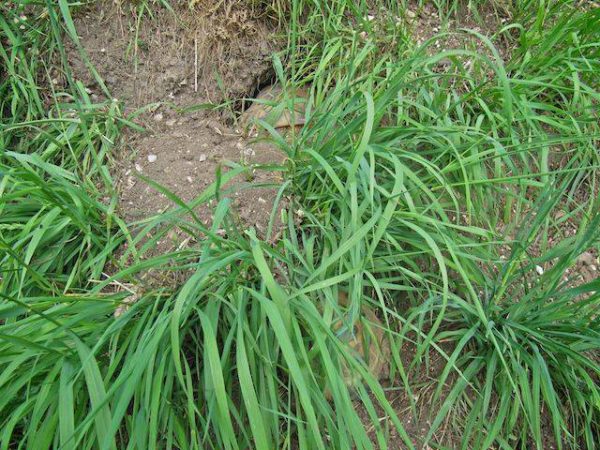
This is what creeping wheatgrass looks like
But it is still possible to get him out, although we must admit that this struggle will not be easy.
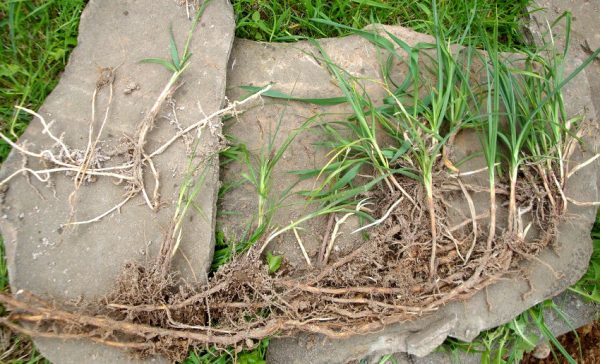
These are the rhizomes of wheatgrass
Herbicides against wheatgrass
The simplest, but far from ideal way:
- It's quite expensive
- Processing alone is not enough. The grass will certainly dry out, but after a while it will turn green again and grow as if nothing had happened. To consolidate the result, 2-3 herbicide treatments are necessary during the summer.
- The method is more suitable for killing weeds outside the garden. Few people dare to spray this poison between the beds.
Covering with black film, slate, etc.
Probably the most useless advice. Of course, you can cover the bed, but it’s easier and faster to just dig it up.
Cover paths in the garden. Where will we go? And most importantly, after removing the cover, the weeds will trample with renewed vigor. This has been tested more than once. Then it’s better to put everything on the asphalt.
The shovel never failed
Helps fight creeping wheatgrass well thorough digging of the site. From each clod of earth turned out with a shovel, rhizomes are carefully selected.
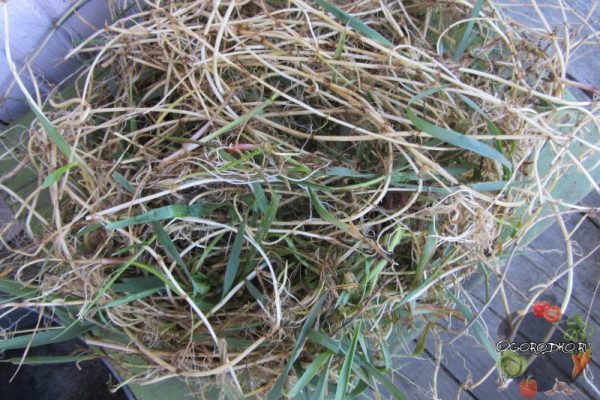
That's how many roots this weed has
But be prepared for the fact that after the first digging the area will not be completely cleared: even a small piece of rhizome will bring this weed back to life. But these will be individual plants, not continuous thickets. They are easily pulled out of the treated soil, especially after watering. If this is done regularly throughout the season, the remaining wheatgrass will eventually weaken completely and disappear.
This is the most reliable and proven way to combat this grass. But not everyone can do the hardest one.
Sowing green manure
Will help wheatgrass survive from the site rye crops. This cereal crop has a suppressive effect on weeds. And if a plot is sown with rye twice in a row, it will free it from wheatgrass. But it is necessary to get rid of this weed.If it “climbs” into a strawberry bed, it will gradually crowd out the berry bushes. Having settled among perennial onions, he will deal with them in a season. As it grows, creeping wheatgrass oppresses perennial flowers, berry bushes and even fruit trees. In addition, wireworms like to live in areas clogged with wheatgrass.
A working method, but it is not applicable everywhere.
Mulching the area
The weeds themselves will help get rid of weeds. Grass clippings are not placed in a compost heap, but mulch the soil with it in the garden.
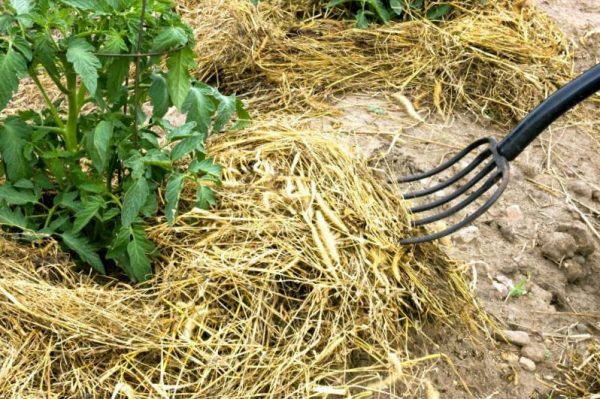
Weeds will not penetrate through such a layer of mulch.
A thick layer of mulch not only prevents wheatgrass and other weeds from breaking through, but also accumulates moisture. Gradually rotting, the mulch saturates the soil with organic matter, and this is a step towards organic farming.
Flaws:
- You will need a lot of hay, but you still need to get it somewhere
- Slugs feel comfortable under mulch. (And how to get rid of slugs you can read it here)
A very informative video about using mulch in the garden:
Photo of creeping wheatgrass
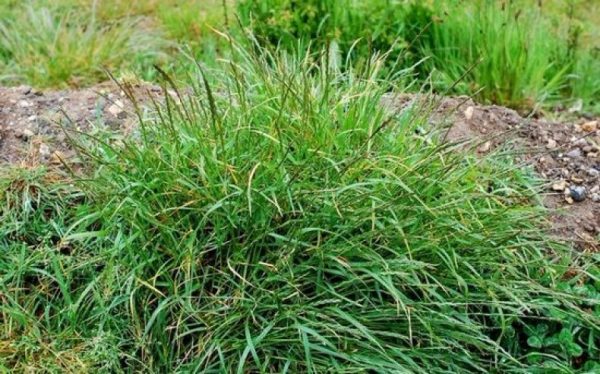
Creeping wheatgrass plant photo
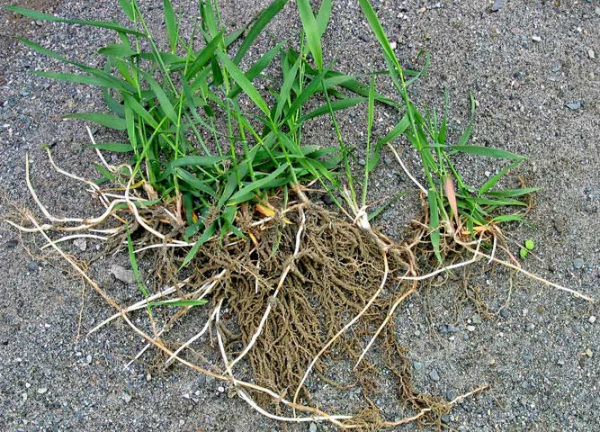
The photo shows the roots of wheatgrass
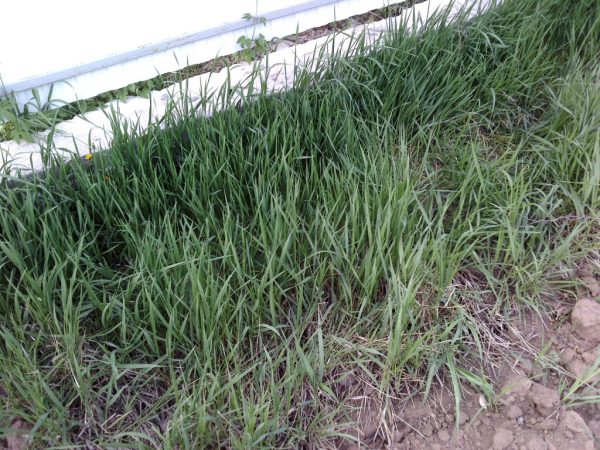
Weeds have taken over the area
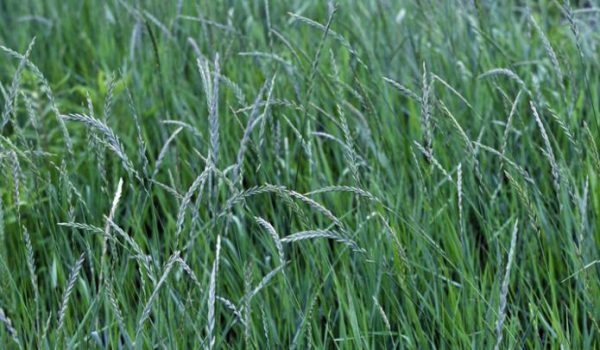
It's hard to control this weed
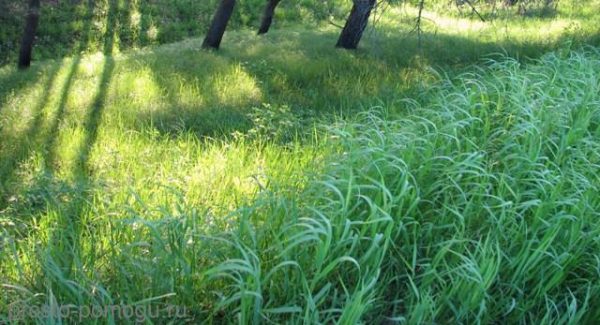
It is difficult to get rid of wheatgrass on the site
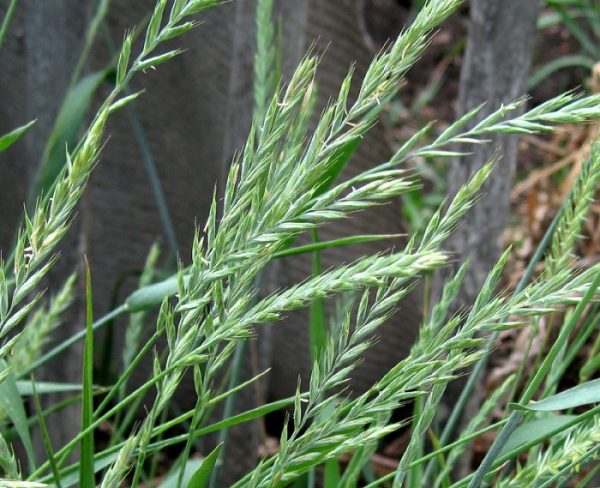
Wheatgrass ears close up
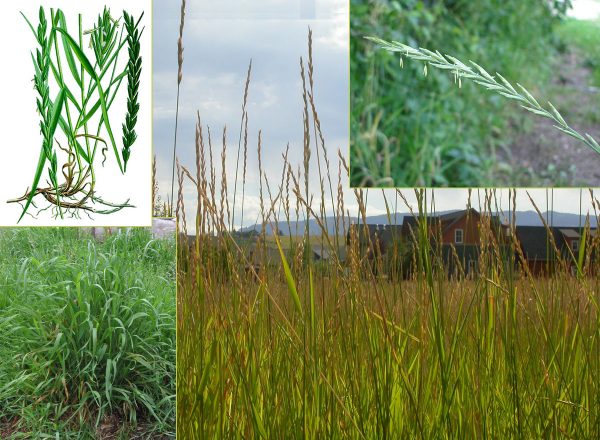
This is what this weed looks like
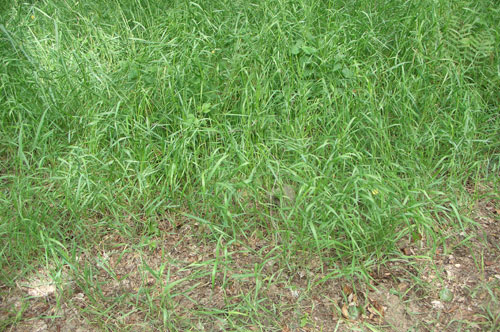
How to destroy it
Continuation of the topic:
- How to fight weeds in your summer cottage
- Fighting aphids on cucumbers and tomatoes using folk remedies
- Getting rid of moles in a summer cottage
- How to get rid of wasps in the country
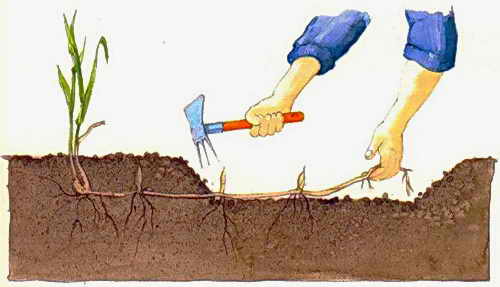
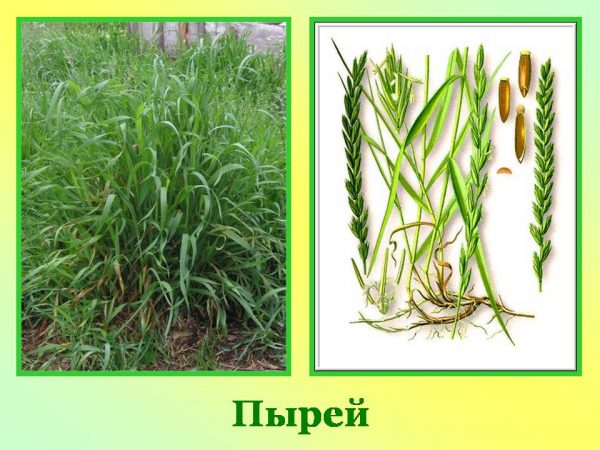
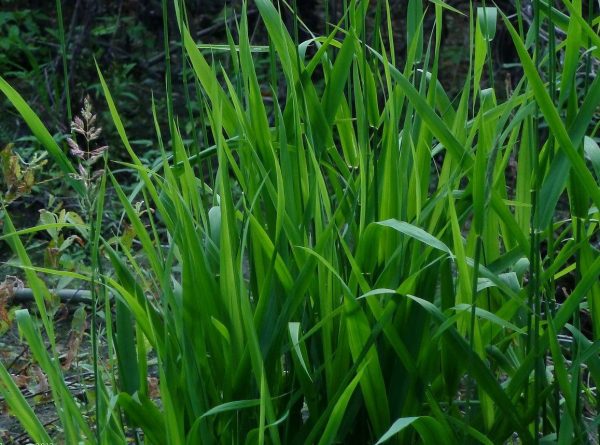

 CUCUMBERS NEVER GET SICK, I'VE BEEN USING ONLY THIS FOR 40 YEARS! I SHARE A SECRET WITH YOU, CUCUMBERS ARE LIKE THE PICTURE!
CUCUMBERS NEVER GET SICK, I'VE BEEN USING ONLY THIS FOR 40 YEARS! I SHARE A SECRET WITH YOU, CUCUMBERS ARE LIKE THE PICTURE! You can dig a bucket of potatoes from each bush. Do you think these are fairy tales? Watch the video
You can dig a bucket of potatoes from each bush. Do you think these are fairy tales? Watch the video
 How our fellow gardeners work in Korea. There is a lot to learn and just fun to watch.
How our fellow gardeners work in Korea. There is a lot to learn and just fun to watch. Eye trainer. The author claims that with daily viewing, vision is restored. They don't charge money for views.
Eye trainer. The author claims that with daily viewing, vision is restored. They don't charge money for views. A 3-ingredient cake recipe in 30 minutes is better than Napoleon. Simple and very tasty.
A 3-ingredient cake recipe in 30 minutes is better than Napoleon. Simple and very tasty. Therapeutic exercises for cervical osteochondrosis. A complete set of exercises.
Therapeutic exercises for cervical osteochondrosis. A complete set of exercises. Which indoor plants match your zodiac sign?
Which indoor plants match your zodiac sign? What about them? Excursion to German dachas.
What about them? Excursion to German dachas.